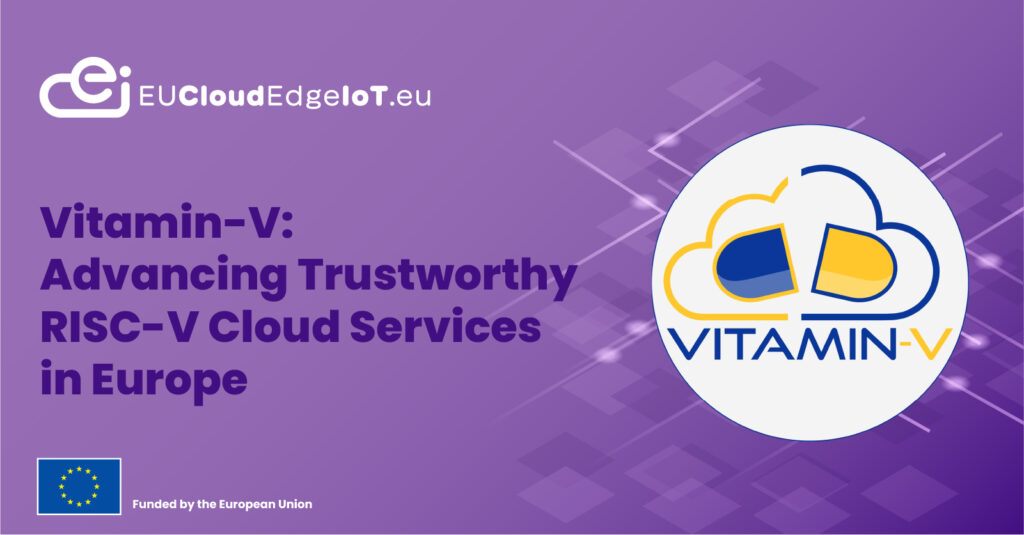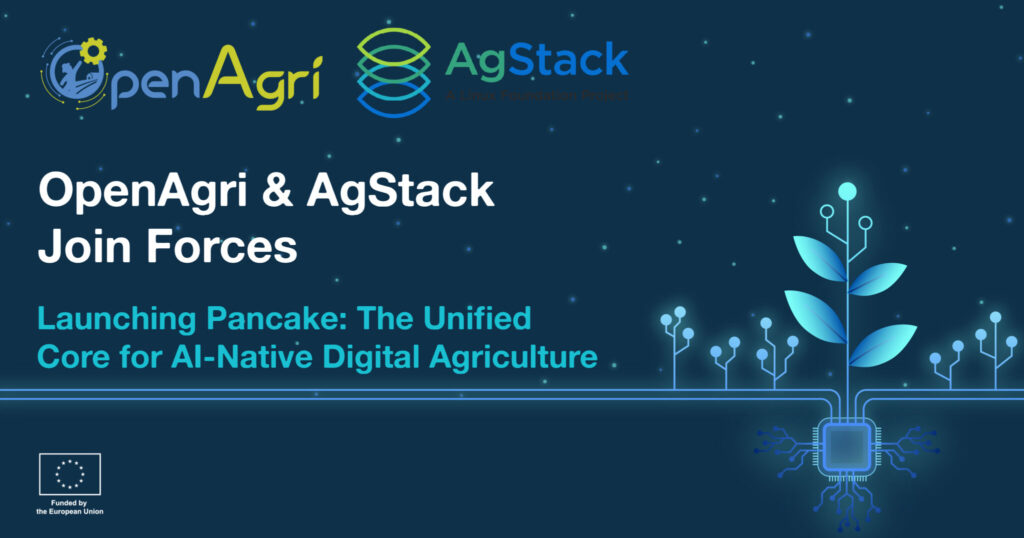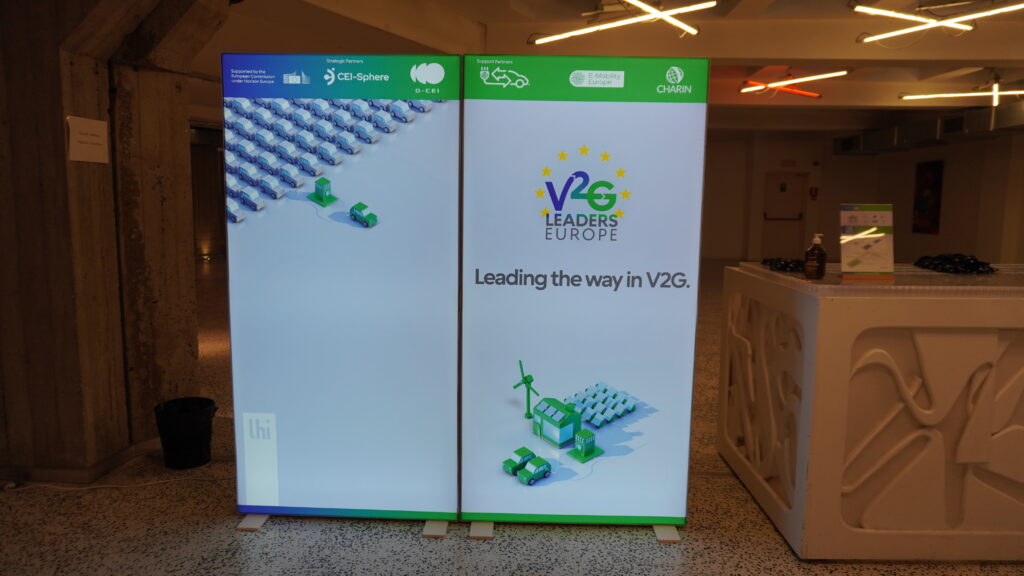ISO/IEC JTC 1/SC 41 has two plenaries per year. When the plenary is not virtual, a country provides an invitation to host the plenary. The United States, Korea and Finland hosted the last three plenaries, China will host the next one in November 2024, and France and Norway are considering to host in 2025. The cost of hosting is often covered by sponsors which are then offered the possibility to organize a technical workshop where they can showcase their expertise. This is a common practice in other standardisation committees in JTC 1, for instance in JTC 1/SC 27.
Sponsorship can also be provided by EU projects as exemplified by the H2020 PDP4E1 project which organised an evening workshop during the October 2019 PC317/WG1 plenary in Paris. The Helsinki technical workshop of the May 2024 JTC 1/SC 41 plenary included additional support
and participation of EU projects. This participation enabled the following:
- showcase EU projects;
- create opportunities for EU stakeholders to engage with international standardization;
- inform on the support of EC on standardization; and
- provide evidence that standards development proposed by AIOTI and EU countries are backed
by projects innovation;
The workshop was also made more effective because of the combined existence of external liaisons.
Table 1 lists the liaison activities that were in direct relation with the workshop.
Table 1: liaison activities related to workshop
The workshop also provided information on the context of EU contributions on standards. Table 2 lists work achieved during the plenary that were in direct relation with the EU contributions.
Table 2 – Achieved standard work related to EU contributions
Recommendation
Combined contributions is much stronger that individual isolated contributions. It is therefore recommended that EU project provide combined contributions, for instance considering participation to workshops held during plenary. This would be particularly effective and practical when an EU
country is hosting the JTC 1/SC 41 plenary.
But this requires more anticipation from EU projects. Here is an example of how an EU technology project can plan for this kind of action:
- technical work packages should finalize relevant contributions on standards (e.g., use case level,
concept level, technology level, process level); - dissemination and exploitation work packages should support technical work packages and
coordinate with other EU projects, including coordination support actions, to construct common
impact plans; - dissemination and exploitation work packages should then implement the impact plan and
identify actions such as:
– participate to a workshop organized during a plenary (as in Helsinki),
– create a liaison with a standardization committee (as done by the ICOS EU project), or
– participation to standardization work (through a liaison such as AIOTI, through a project as planned by ICOS, or through participation in the national body).




